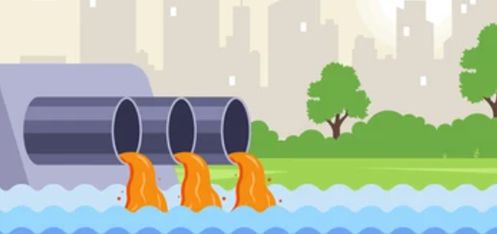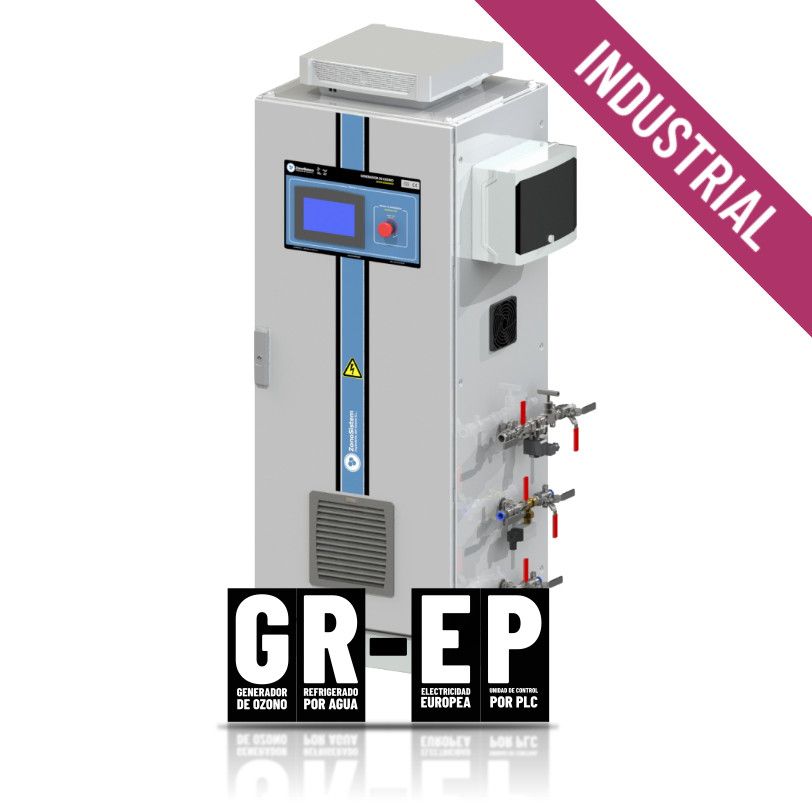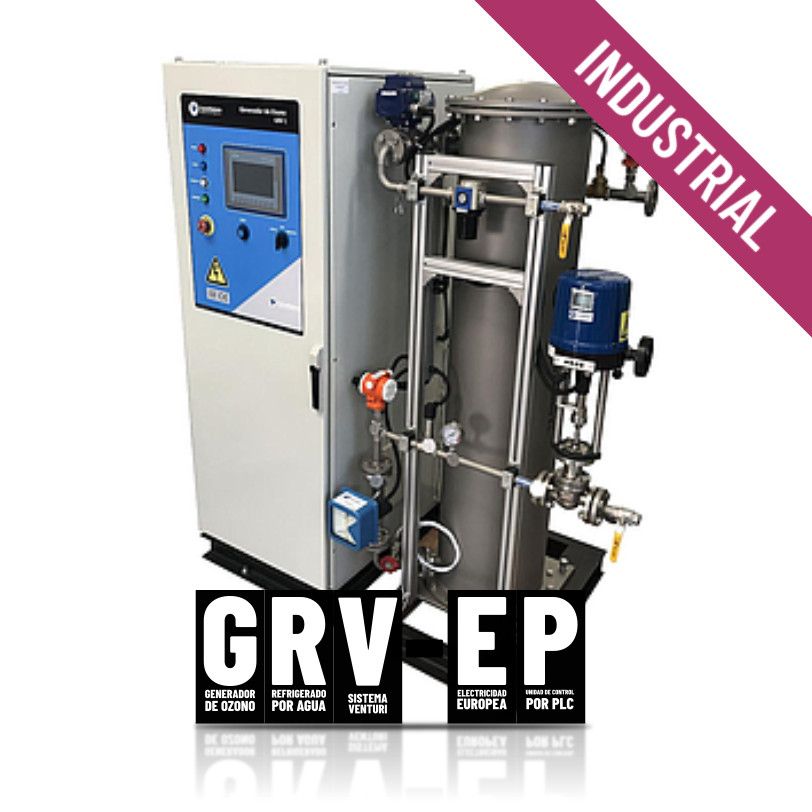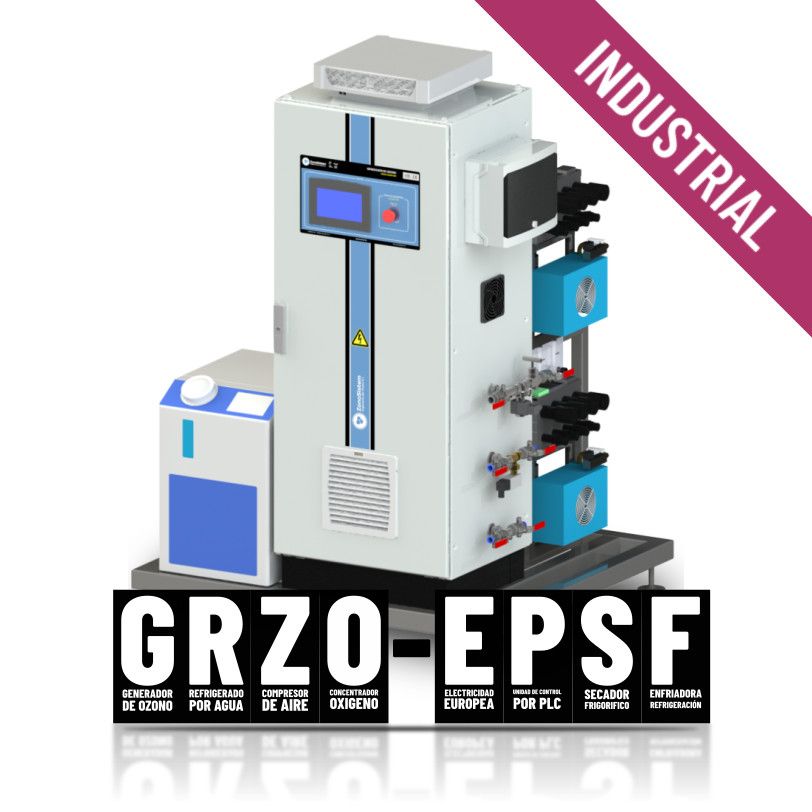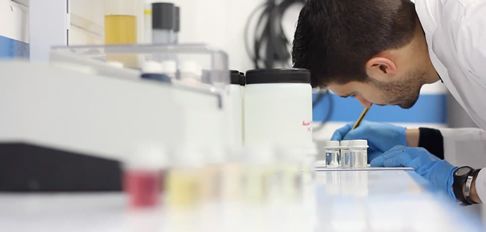Ozone in Urban WWTP
Ozone in Wastewater Treatment Station

Improve the discharge parameters of your WWTP and promotes the reuse of water
Ozone reduces the consumption of chlorine and other additional chemicals
Ozone is generated on-site, it does not need to store or transport chemicals
Ozone does not leave residues, it is respectful with the environment
The system is automated, you do not need manpower to apply it
Do you want to improve the performance of your URBAN WWTP?
Advantages of treating the WWTP with Ozone
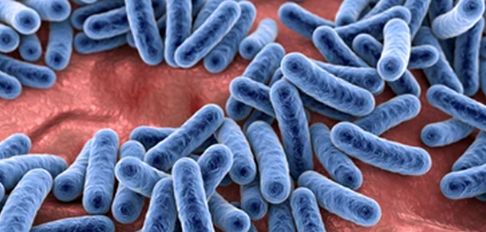
Reduces microbiological
Ozone has the ability to eliminate all kinds of microorganisms when it comes into contact with them, due to its powerful ability to oxidize. Specifically, it oxidizes the cell wall, causing severe damage to the microorganism and also prevents it from developing resistant strains.
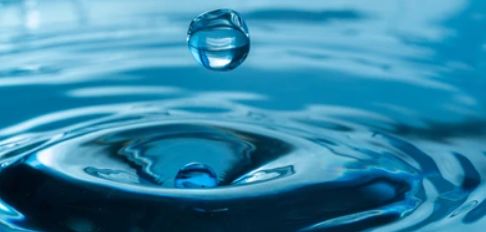
Reduces COD and BOD
By injecting ozone into the residual water of your WWTP, you will not only reduce the microbiological load, the ozone will try to oxidize all the matter that can be oxidized. Causing a reduction in COD, BOD, SS, SD, turbidity, color, odour, etc.

Save on chlorine
The oxidation potential of ozone is much higher than that of chlorine, and furthermore it does not generate organochlorine compounds that are difficult to eliminate. Today, ozone generators have evolved a lot, and the energy cost does not exceed the current cost in chlorine for each m3/h to be treated.
Without labor, automatic
The system generates ozone and injects it into the tank automatically, without the need to apply manual labor in the process. The equipment only needs to be connected to the tank to be treated and provide it with a point of light.
No chemical storage
Ozone cannot be transported or stored, it is generated on site, and it is applied instantly, so it is not necessary to store and manage chemical products, it avoids transport and reduces the carbon footprint.
Biocide recognized by the ECHA
Ozone is on the list of biocides by the European Chemical Agency and ZonoSistem has all the necessary legalization documentation to be able to apply ozone in its process.
Ozone generator ranges available for WWTP
Next, we show you the ranges of ozone generators available to treat urban wastewater WWTP
1. What is the difference between the ranges?
The GR-EP and GRV-EP range of ozone generators are equipment to be fed with LOX oxygen. They are industrial, robust equipment, with a high concentration of ozone, conscientiously designed and manufactured to work 24/7. The GR-EP range covers up to 1kgO3/h, with ceramic dielectric technology, while the GRV-EP range is for larger productions of up to 40kgO3/h.
On the other hand, the GRZO-EPSF range differs from the other two, in that it has a built-in compressor and oxygen concentrator, so it does not need to be fed with LOX oxygen, it is autonomous equipment, it only needs electricity. It is also an industrial equipment with high performance and performance.
2. What range do you recommend?
The first thing is to calculate the amount of ozone you need. If you need more than 1Kg or 3/h, you will have to select the GRV range. For productions less than 1KgO3/h, you have the version with compressor and oxygen concentrator, the GRZO-EPSF range, and if you prefer a LOX oxygen supply, the GR-EP range. I recommend using the GRZO-EPSF range whenever possible, it is a bit more expensive but you avoid the costs of LOX oxygen.
3. How much ozone do I need?
Doses of between 10 and 30 ppm of ozone are generally applied to the flow to be treated.
Examples of Ozone installations in WWTP
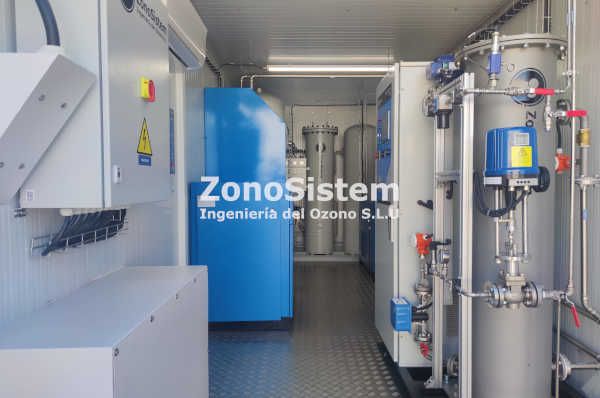
Ozone for treatment pumping station. Tenerife, Spain
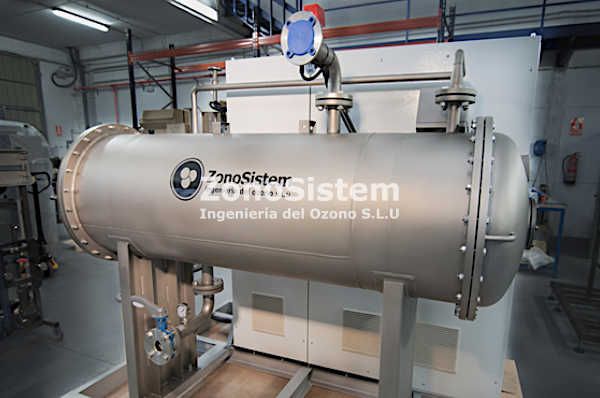
Ozone for WWTP. Morocco
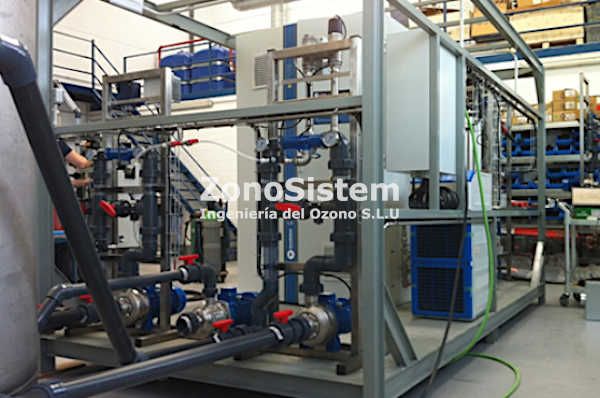
Ozone for WWTP. Chili
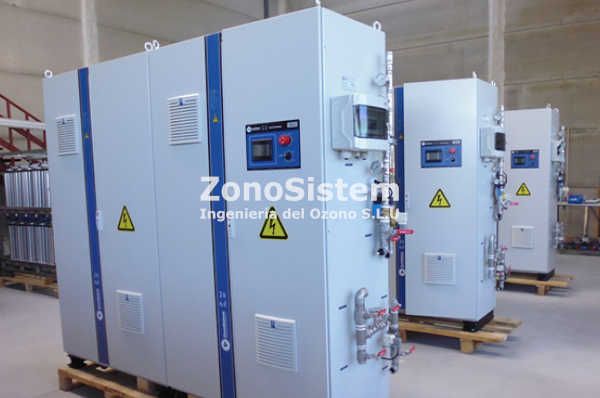
Ozone for WWTP. Saudi Arabia
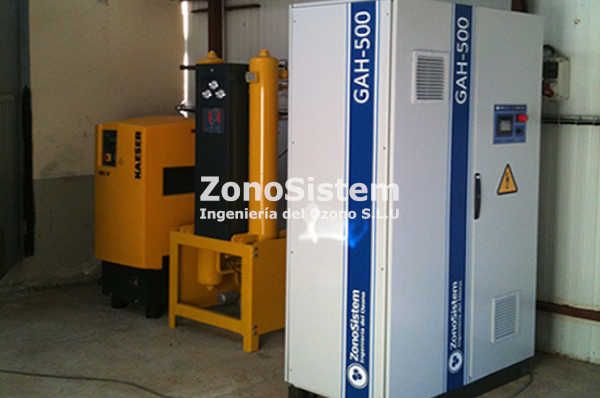
Ozone for WWTP. Spain.
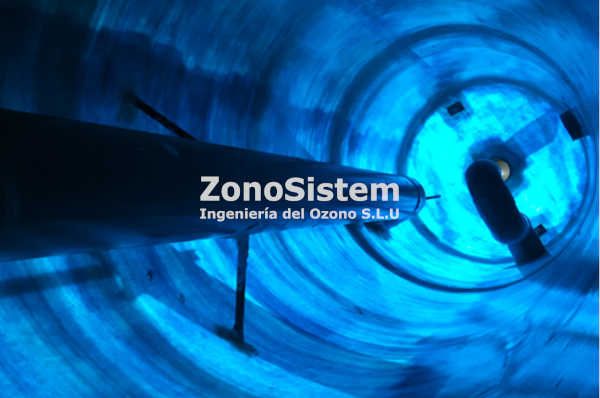
Inside view of an ozone contact tower in a WWTP. Spain

